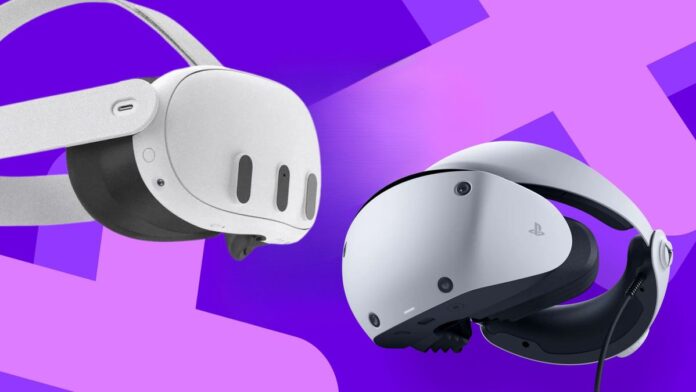Virtual Reality is one of the trending technologies finding its place in many industries. Thanks to the jaw-dropping visuals and the level of immersion VR brings to the table, it is popular for making user experiences better. Today, VR has a ton of utilities, with majorly VR gaming turning out to be super popular. But that’s not the full potential of this technology. Beyond these well-known highlights is a wealth of underrated features that have the potential to significantly elevate the VR experience.
There are tons of overlooked gems that add a pinch of functionality, convenience, and versatility to the VR experience. Let’s explore a few of these lesser-known yet radical features that have the potential to change your VR experience.
Top 3 Most Overlooked Features of Virtual Reality
#1 Hand Tracking Feature
You are in a VR environment where you are able to interact with virtual objects in real time with bare hands. You don’t need a controller or any other equipment. Sounds interesting, right? This is one of the most innovative and interactive features VR brought into the picture. However, eventually, it was discarded, and it did not get the attention it deserved.
Why can it be a game-changer? It offers a more intuitive and natural way to interact with virtual environments. Moreover, it narrows down the learning curve of beginners as you don’t need to master the use of controllers. You can easily interact with the VR environment as if it’s super real.
#2 Social Integration
When we think about VR, most consider it as a solitary experience, where you interact with a VR environment. But that’s not absolutely true. Virtual Reality comes with social capabilities, which are often overlooked. VR platforms now allow you to socialize, collaborate, and share experiences in several ways.
There are the latest VR platforms that offer virtual hangout spaces. You can join these platforms and meet new people virtually. Moreover, the multiplayer gaming and co-op adventures level up shared experiences, fostering connections. These social integrations underline that VR is not just limited to gaming, but it can be used to build meaningful relationships.
#3 Enhanced Storytelling with a Touch of Haptic Feedback
The power of haptic feedback is often overlooked in VR. But it is one of the most innovative components that adds an extra layer to the overall VR experience. Feeling and sensations are two of the most important things in humans, and VR’s haptic feedback capabilities leverage these.
You can feel the impacts, textures, and environmental effects with the haptic feedback feature. These make VR gameplay 10x more engaging, delivering the true essence. Suppose you are playing a horror game, and you experience all the sensations. The intensity will level up significantly. Beyond gaming, haptic feedback performs insanely when it comes to storytelling. It offers sensory cues that pull you deeper into the narrative. Imagine walking in a virtual forest. You are able to feel the wind, the vibration of thunder, and all other components. Sounds crazy, right?
Conclusion
VR is hands down super versatile. It’s not just about interacting with a virtual environment. The overlooked features of VR make it even more valuable. Rolling in these features, VR can transform every industry, no matter whether it is VR gaming, fitness, education, or more. These hidden features elevate other overall experiences and open up new possibilities for how we interact with technology. Acknowledging and using these traits will enable VR to reach its maximum potential as it develops further.
